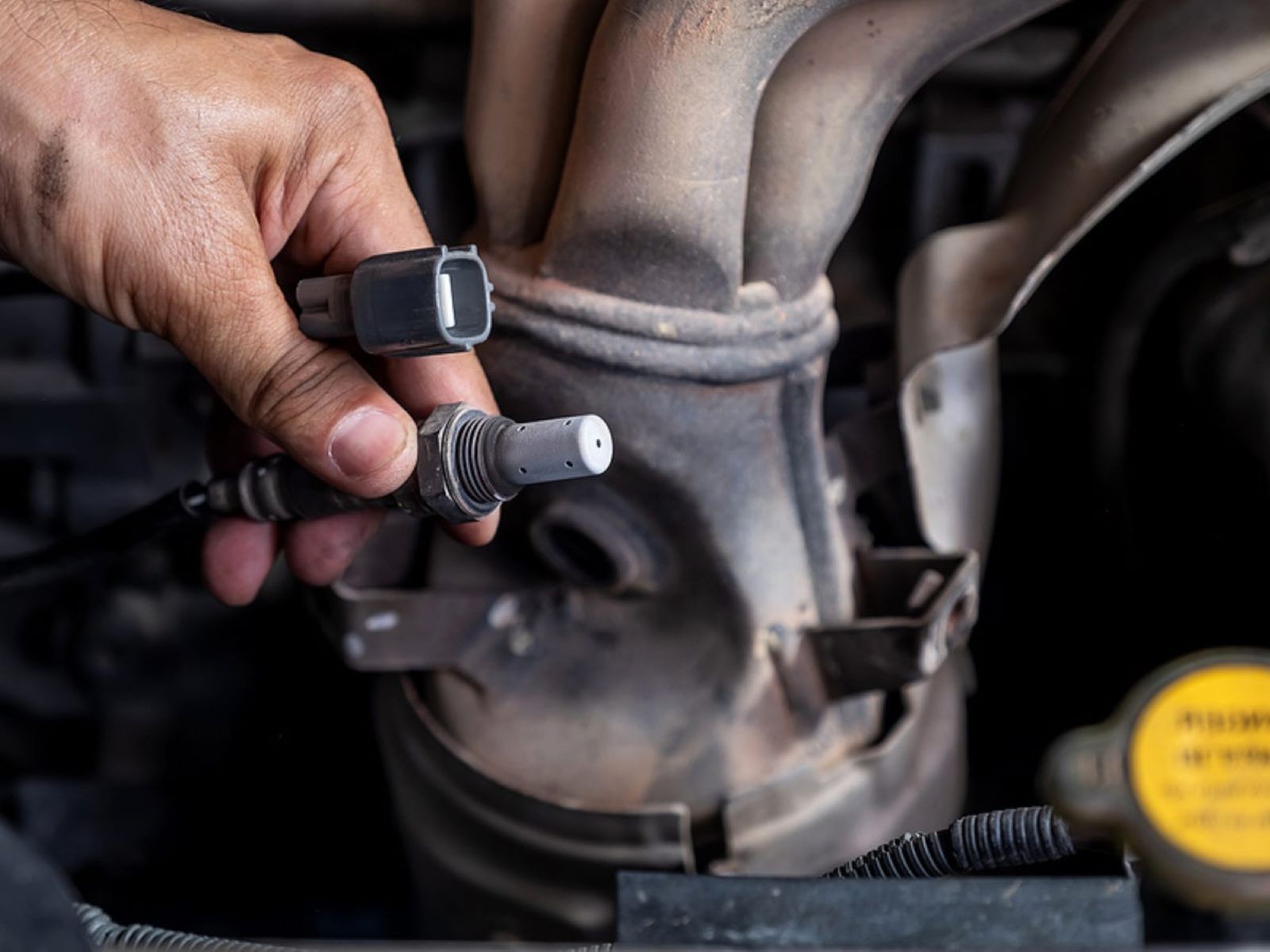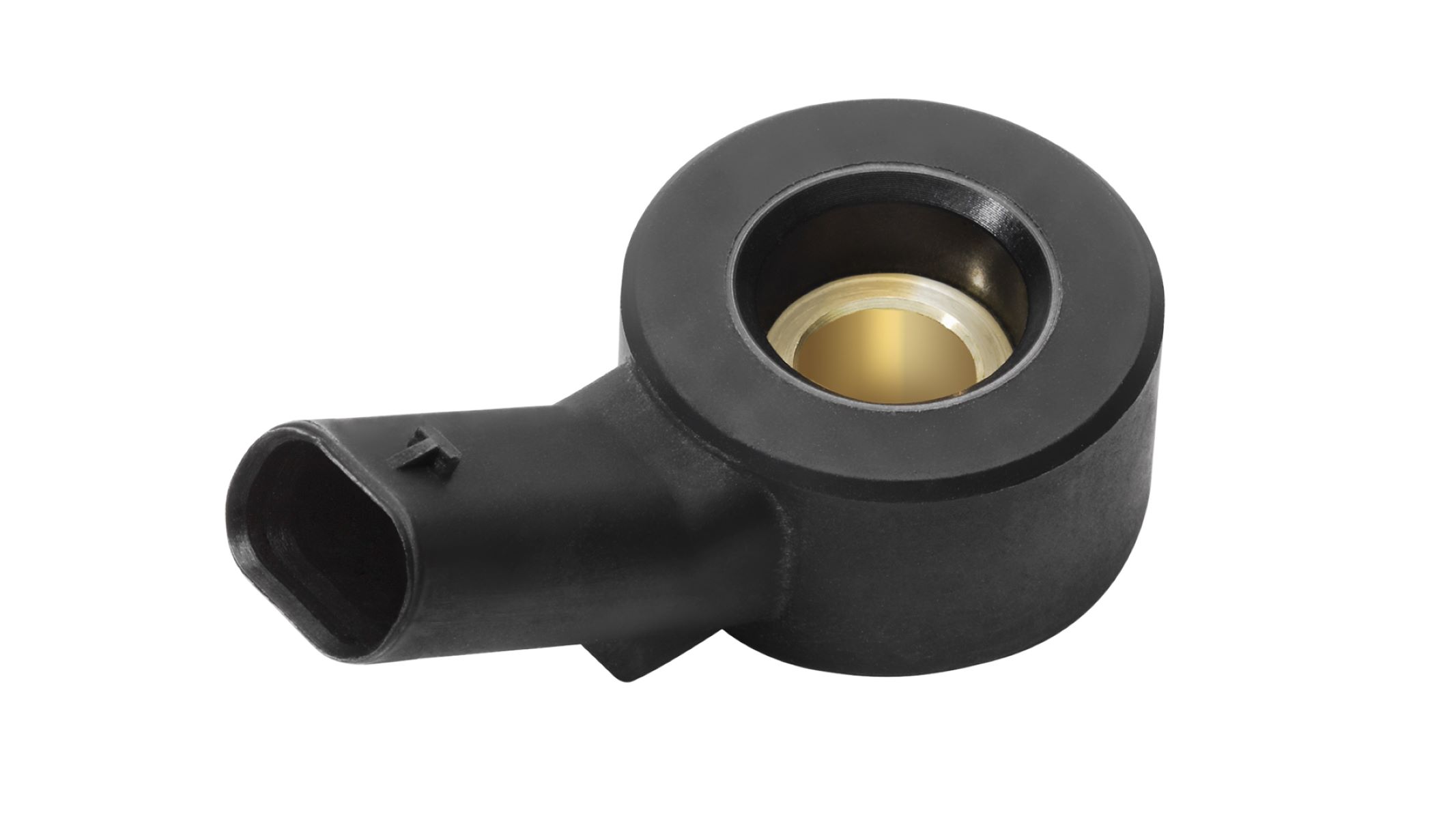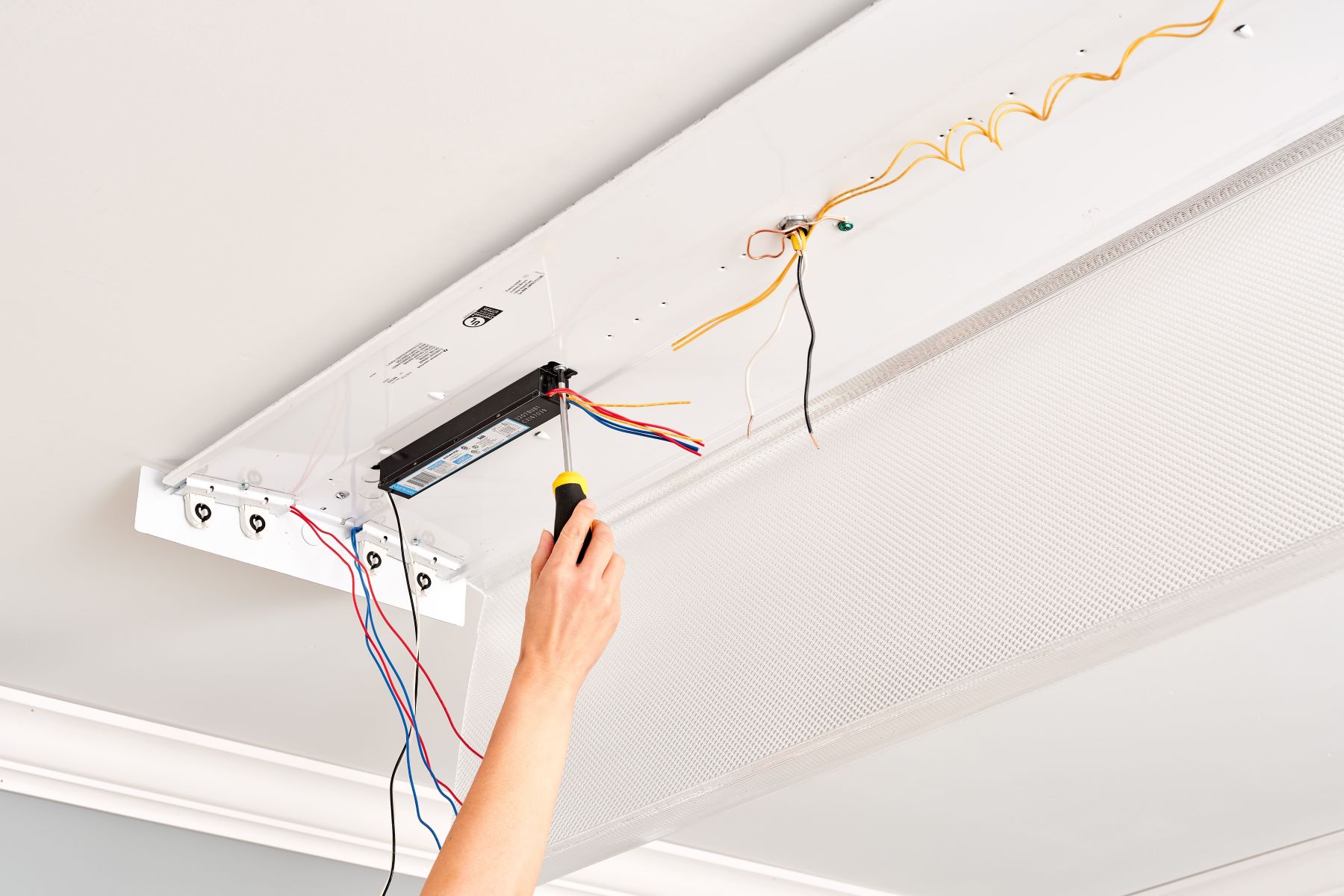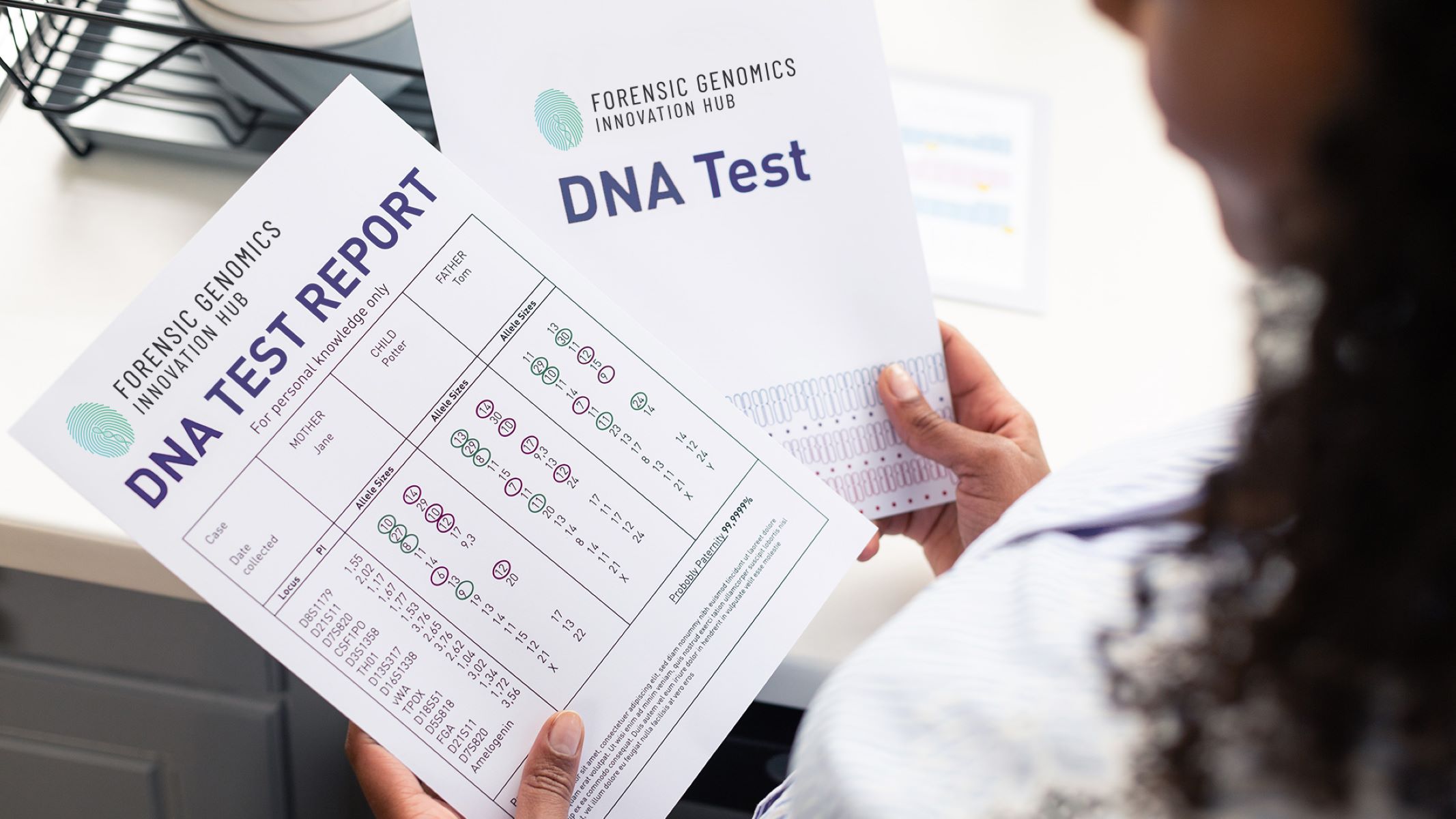Home>Automotive>How To Test A Crankshaft Position Sensor
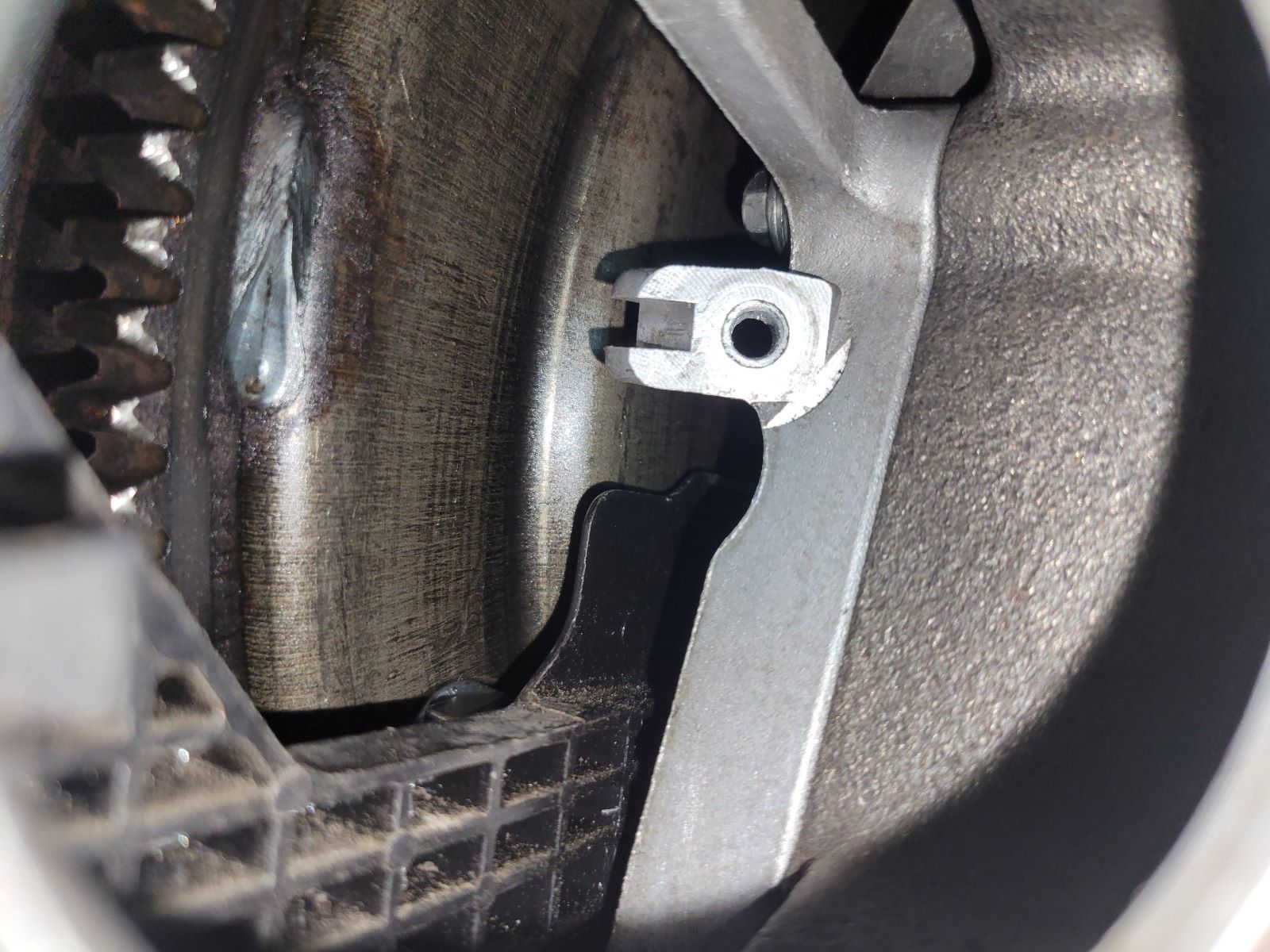

Automotive
How To Test A Crankshaft Position Sensor
Published: February 28, 2024
Learn how to test a crankshaft position sensor in your automotive vehicle. Follow these steps to diagnose and troubleshoot sensor issues effectively.
(Many of the links in this article redirect to a specific reviewed product. Your purchase of these products through affiliate links helps to generate commission for Regretless.com, at no extra cost. Learn more)
Table of Contents
Introduction
The crankshaft position sensor is a crucial component in modern automotive engines, playing a pivotal role in the ignition and fuel injection systems. This sensor monitors the position and rotational speed of the crankshaft, providing vital data to the engine control unit (ECU) to ensure precise fuel delivery and ignition timing. A malfunctioning crankshaft position sensor can lead to a myriad of issues, including poor engine performance, stalling, and difficulty starting the vehicle.
Understanding how to test a crankshaft position sensor is essential for diagnosing potential problems and ensuring the smooth operation of the engine. By conducting a thorough assessment of this sensor, automotive enthusiasts and professionals can pinpoint any underlying issues and take the necessary steps to rectify them.
In this comprehensive guide, we will delve into the intricacies of testing a crankshaft position sensor, equipping you with the knowledge and skills to perform this diagnostic procedure effectively. From identifying the signs of a faulty sensor to outlining the tools required for testing, we will cover every aspect of this essential maintenance task. By the end of this article, you will be well-versed in the art of testing a crankshaft position sensor, empowering you to uphold the optimal performance of your vehicle's engine.
Read more: How To Test A Starter
What is a Crankshaft Position Sensor?
The crankshaft position sensor, often abbreviated as CKP sensor, is a vital component in modern automotive engines. This sensor serves as the eyes and ears of the engine control unit (ECU), continuously monitoring the rotational speed and position of the crankshaft. By detecting the precise location of the crankshaft, the sensor enables the ECU to synchronize the ignition system and fuel injection, ensuring optimal engine performance.
Located near the crankshaft or the flywheel, the crankshaft position sensor operates on the principle of Hall Effect or magnetoresistive technology. In a Hall Effect sensor, a magnetic field is used to detect the movement of the crankshaft, while a magnetoresistive sensor relies on changes in electrical resistance to gauge the crankshaft's position.
The data collected by the crankshaft position sensor is instrumental in determining the ignition timing and fuel injection sequence. This information allows the ECU to make real-time adjustments, optimizing the combustion process and enhancing fuel efficiency. Additionally, the sensor aids in detecting misfires and irregular engine behavior, enabling the ECU to intervene and rectify potential issues promptly.
In essence, the crankshaft position sensor plays a pivotal role in the overall functionality of the engine, contributing to smooth operation, efficient fuel consumption, and reduced emissions. Its ability to provide accurate and timely data to the ECU ensures that the engine operates at peak performance, making it a critical component in modern automotive systems.
Understanding the significance of the crankshaft position sensor is essential for diagnosing engine-related problems and maintaining the overall health of the vehicle. By comprehending its role in the engine's operation, automotive enthusiasts and technicians can appreciate the impact of this sensor on performance and reliability. Moreover, recognizing the importance of this sensor underscores the need for regular maintenance and testing to preemptively address any potential issues that may arise.
The crankshaft position sensor's intricate functionality and integral role in engine performance underscore its significance in the realm of automotive technology. As vehicles continue to evolve, the importance of this sensor in ensuring optimal engine operation cannot be overstated.
Signs of a Faulty Crankshaft Position Sensor
Identifying the signs of a faulty crankshaft position sensor is crucial for maintaining the optimal performance of an automotive engine. A malfunctioning sensor can lead to a range of issues that affect the vehicle's drivability and overall operation. By recognizing these telltale signs, automotive enthusiasts and technicians can promptly address any potential problems associated with the crankshaft position sensor.
-
Engine Stalling: A faulty crankshaft position sensor can cause intermittent stalling or sudden engine shutdown while the vehicle is in motion. This occurs when the sensor fails to provide accurate data to the engine control unit, leading to erratic fuel delivery and ignition timing.
-
Difficulty Starting the Engine: A problematic crankshaft position sensor can result in difficulty starting the engine, especially after the vehicle has been running. This is often characterized by prolonged cranking or the engine failing to start altogether.
-
Erratic Engine Performance: A faulty sensor may cause the engine to exhibit irregular performance, including rough idling, hesitation during acceleration, or a noticeable lack of power. These symptoms stem from the sensor's inability to provide precise data for fuel injection and ignition timing.
-
Intermittent Misfires: A malfunctioning crankshaft position sensor can contribute to intermittent misfires, where the engine experiences momentary lapses in combustion. This can lead to a rough-running engine, accompanied by noticeable vibrations and a loss of overall smoothness.
-
Check Engine Light: In many cases, a faulty crankshaft position sensor triggers the illumination of the check engine light on the vehicle's dashboard. This serves as an indicator for potential issues within the engine management system, prompting further diagnostic procedures.
-
Unusual Noises: A failing crankshaft position sensor may lead to unusual engine noises, such as knocking or pinging, as a result of irregular ignition timing. These noises can indicate underlying issues that warrant immediate attention.
-
Sudden Loss of Power: When the crankshaft position sensor malfunctions, the engine may experience sudden and unexplained loss of power during acceleration or while driving at consistent speeds. This can compromise the vehicle's drivability and overall performance.
Recognizing these signs of a faulty crankshaft position sensor is essential for proactive maintenance and timely repairs. By addressing these symptoms promptly, vehicle owners and technicians can prevent further damage to the engine and ensure the continued reliability of the vehicle. Regular inspection and testing of the crankshaft position sensor can help mitigate potential issues, preserving the smooth operation of the engine and enhancing overall driving experience.
Tools Needed for Testing
When it comes to testing a crankshaft position sensor, having the right tools at your disposal is essential for conducting a thorough and accurate assessment. The following tools are indispensable for performing a comprehensive evaluation of the sensor's functionality:
-
Multimeter: A multimeter is a versatile instrument that is indispensable for testing the electrical properties of the crankshaft position sensor. It allows you to measure voltage, resistance, and continuity, providing valuable insights into the sensor's performance.
-
Back Probe Pins: These specialized pins are designed to penetrate the insulation of wires without causing damage, allowing for precise measurements during sensor testing. Back probe pins enable you to access the electrical signals generated by the crankshaft position sensor without disrupting the wiring harness.
-
Vehicle Service Manual: A vehicle-specific service manual is an invaluable resource that provides detailed instructions for testing the crankshaft position sensor. It offers insights into the sensor's location, wiring diagrams, and testing procedures tailored to the make and model of the vehicle.
-
Safety Equipment: When working on automotive electrical systems, safety should always be a top priority. Safety goggles, insulated gloves, and a fire extinguisher are essential for protecting yourself and the vehicle from potential hazards during the testing process.
-
Flashlight: A reliable flashlight is indispensable for illuminating the engine compartment, especially when working in dimly lit areas. It enables you to inspect the sensor and its surrounding components with clarity, facilitating a more thorough evaluation.
-
Diagnostic Scan Tool: A diagnostic scan tool with advanced capabilities can provide real-time data on the sensor's performance, allowing for comprehensive analysis and troubleshooting. This tool offers access to live sensor data, fault code retrieval, and the ability to perform functional tests on the sensor.
-
Replacement Sensor (Optional): In some cases, it may be prudent to have a replacement crankshaft position sensor on hand. If the sensor is found to be faulty during testing, having a replacement readily available can expedite the repair process, minimizing downtime.
By ensuring that these essential tools are readily available, automotive enthusiasts and technicians can approach the task of testing a crankshaft position sensor with confidence and precision. These tools not only facilitate the diagnostic process but also contribute to a safe and efficient testing environment, ultimately leading to accurate assessments and timely repairs.
Steps to Test a Crankshaft Position Sensor
Testing a crankshaft position sensor is a systematic process that involves a series of steps to accurately assess its functionality. By following these steps meticulously, automotive enthusiasts and technicians can gain valuable insights into the sensor's performance and identify any potential issues that may be affecting the engine's operation. Here's a comprehensive guide to testing a crankshaft position sensor:
-
Locate the Sensor: Begin by identifying the location of the crankshaft position sensor in the engine compartment. Refer to the vehicle's service manual for specific guidance, as the sensor's placement can vary depending on the make and model of the vehicle. Once located, visually inspect the sensor and its wiring harness for any signs of damage or corrosion.
-
Prepare the Multimeter: Set the multimeter to the appropriate setting for measuring resistance. If the sensor generates an AC voltage signal, select the AC voltage setting on the multimeter. Ensure that the multimeter's leads are in good condition and that the instrument is functioning correctly.
-
Disconnect the Sensor: With the engine turned off, disconnect the electrical connector from the crankshaft position sensor. Use caution and follow safety protocols to prevent accidental damage to the sensor or the vehicle's electrical system.
-
Measure Resistance: Using the multimeter, carefully probe the terminals of the crankshaft position sensor to measure its resistance. Compare the measured resistance to the specifications outlined in the vehicle's service manual. A deviation from the specified resistance range may indicate a faulty sensor that requires further inspection.
-
Check for Voltage Signal: If the crankshaft position sensor generates an AC voltage signal, reconnect the electrical connector and start the engine. With the multimeter set to the AC voltage setting, back probe the sensor's electrical connector to measure the voltage signal generated while the engine is running. Compare the measured voltage to the manufacturer's specifications to determine the sensor's performance.
-
Inspect Wiring and Connectors: While testing the sensor, carefully inspect the wiring harness and connectors for any signs of wear, damage, or corrosion. Ensure that the electrical connections are secure and free from debris or contamination that may impede the sensor's operation.
-
Utilize Diagnostic Scan Tool (Optional): For a more comprehensive assessment, use a diagnostic scan tool to access live sensor data and perform functional tests on the crankshaft position sensor. This tool provides real-time insights into the sensor's performance and can aid in diagnosing complex issues related to the sensor or the engine's ignition system.
-
Compare Findings with Service Manual: Compare the test results and observations with the specifications and diagnostic procedures outlined in the vehicle's service manual. This ensures that the testing process aligns with the manufacturer's guidelines and facilitates an accurate assessment of the sensor's condition.
By meticulously following these steps, automotive enthusiasts and technicians can conduct a thorough evaluation of the crankshaft position sensor, enabling them to identify any potential faults and take the necessary measures to restore the sensor's optimal functionality. Regular testing and maintenance of this critical component contribute to the overall reliability and performance of the vehicle's engine, ensuring a smooth and trouble-free driving experience.
Read more: How To Pass A Hair Follicle Test
Conclusion
In conclusion, understanding how to test a crankshaft position sensor is paramount for maintaining the optimal performance and reliability of an automotive engine. By recognizing the signs of a faulty sensor and equipping oneself with the necessary tools and knowledge, automotive enthusiasts and technicians can proactively address potential issues and ensure the smooth operation of the engine.
The crankshaft position sensor, with its pivotal role in providing essential data to the engine control unit, serves as a linchpin in modern automotive technology. Its ability to monitor the crankshaft's position and rotational speed enables precise fuel delivery and ignition timing, contributing to efficient combustion and overall engine performance. However, when the sensor malfunctions, it can lead to a range of issues, including engine stalling, difficulty starting the engine, and erratic performance.
By adhering to a systematic testing process, which involves locating the sensor, measuring resistance, checking for voltage signals, and utilizing diagnostic tools where necessary, individuals can gain valuable insights into the sensor's condition. This comprehensive approach allows for the identification of potential faults and facilitates timely repairs or replacements, ultimately safeguarding the engine's functionality.
Regular maintenance and testing of the crankshaft position sensor are essential for preemptively addressing any underlying issues and ensuring the continued reliability of the vehicle. By staying attuned to the sensor's performance and conducting periodic assessments, automotive enthusiasts and technicians can mitigate potential problems, contributing to a trouble-free driving experience.
In essence, the knowledge and proficiency in testing a crankshaft position sensor empower individuals to uphold the optimal performance and longevity of their vehicles. By taking a proactive approach to sensor maintenance and diagnostics, automotive enthusiasts and technicians can navigate the intricacies of modern engine technology with confidence, ensuring that the heart of the vehicle operates seamlessly and efficiently.
In the ever-evolving landscape of automotive technology, the significance of the crankshaft position sensor in maintaining engine performance cannot be overstated. By embracing the principles of proactive maintenance and thorough testing, individuals can safeguard their vehicles against potential sensor-related issues, fostering a driving experience characterized by reliability, efficiency, and peace of mind.
